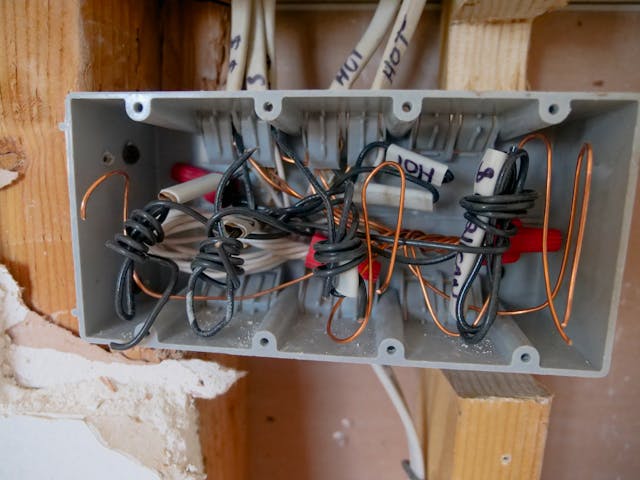
Easy Concurrency: Harnessing the Reactor Pattern in Go Programming
Introduction There are many ways to handle incoming events. If you need to be able to handle many...

Simple Concurrent Join Pattern: Streamlined Coordination in Go
Introduction In some applications it is handy not to say necessary for the main thread (or a thread)...

Simple Double Checked Locking in Go for Effortless Concurrency Control
Introduction Sometimes when locking data or objects it can be handy to reduce the overhead of acquiring a...

Simple Implementation of the Monitor Object Pattern in Go for Easy Concurrency Control
Introduction Sometimes in a multi-threaded program, you need to protect a resource from concurrent access, that is access...

Demystifying the Read-Write Lock Pattern in Go: Simple Strategies for Easy Concurrency
Introduction In another article we discussed the Lock pattern. In this we used the sync.Mutex struct. The problem with...

Demystifying Concurrency: Simple Implementation of the Binding Properties Pattern in Go
Introduction Especially in multi-threaded applications it can be necessary to synchronize properties between objects, or at least be...

Unlocking Simplicity: Easy Concurrency with the Lock Design Pattern in Go
Introduction When we build programs that do many things at once, we want to make sure they’re secure....

Effortless Resource Management: A Simple Context Manager Implementation in Go
Introduction Many languages have the concept of a context manager. This is a way of efficiently and automatically...

Easy Decoding: Unraveling the Balking Pattern in Go for Effortless Mastery
Introduction The Balking Pattern might not be widely known, but it plays a crucial role in preventing certain...

Mastering Concurrent Harmony: Easy Implementation of the Guarded Suspension Pattern in Go
Introduction In multithreaded applications, it’s common for one thread to let another know when specific conditions are met,...